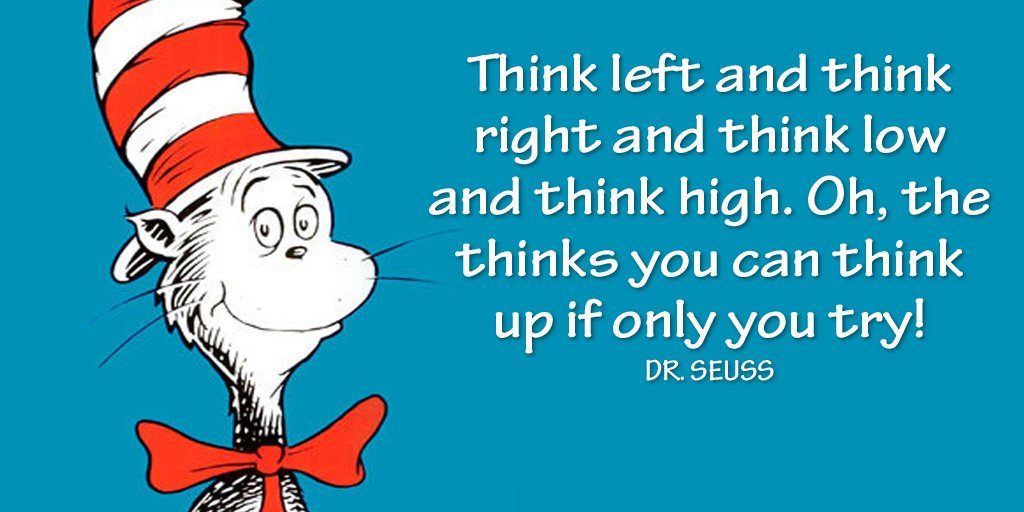
Many people believe that creative geniuses are specially gifted – a product of inborn talent, privilege, or the right alignment of the stars. The truth is that there’s no such thing as a creative or non-creative person. There are only people who tap into their creativity and those who don’t. Creative people have habits and a mindset that lead to success. Find out what they do differently. (Estimated reading time: 5 minutes)
“In order to be irreplaceable one must always be different.”
— Coco Chanel
One of my favorite paintings is “The Coronation of Napoleon” by Jacques-Louis David, a 19th-century French painter who followed the neoclassical style. David was commissioned by Napoleon to add a spotlight on the royal spectacle.
The painting depicts Napoleon’s coronation ceremony at Notre-Dame de Paris. It’s imposing dimensions of almost 33 feet wide and 20 feet tall baffles the mind. On a sunny day in Paris, bright light shone through the glass ceiling and onto the painting, bringing the vivid hues of the art back to life. I took a seat on the bench in front of it and marveled at its mastery. Among the thousands of works of art in the Louvre, this piece struck a chord with me.
The artist’s attention to every minute detail, from the ripples in the fabric worn by Empress Josephine, to the facial expressions of the court and religious officials is extraordinary.
While David may have had a natural talent for art, what made him different from others was his mindset and the passion he had for his work. That is, ultimately, what separates the masters from the amateurs.

You might say that you could never reach that level of proficiency, but that’s far from the truth. Most of us think this way because we’re made to believe that creative geniuses are specially gifted. We see exceptional creative talent as elusive and inaccessible – a product of inborn talent, privilege, or the right alignment of the stars.
It doesn’t help that once we leave school, a place where we were encouraged to play, color, paint, and sculpt in class, we lose that sense of creativity to fit into societal norms. When we have an innovative idea that seems abstract and doesn’t provide immediate monetary gain, the people around us are quick to shoot it down.
This way of thinking traps us into mediocrity and prevents us from unleashing our creative potential. Our brains are the result of six billion years of evolution, and they’re designed to make the rapid connections that lead to creative thinking. Without the intention and the drive to tap into this natural creative ability, it festers and leaves us unsatisfied.

There’s no such thing as a creative or non-creative person. There are only people who tap into their creativity and those who don’t.
In his seminal book ’Mastery,’ author Robert Greene says:
“In the future, the great division will be between those who have trained themselves to handle these complexities and those who are overwhelmed by them — those who can acquire skills and discipline their minds and those who are irrevocably distracted by all the media around them and can never focus enough to learn.”
There is no formula or direct route to creativity. It doesn’t matter if you’re painting, writing a song, or putting together a marketing campaign. But, some traits and attitudes are conducive to the creative process that exceptionally creative people consistently display.
Here are the four things that creative people do differently than others:
1. They are open and adaptable: When it comes to ideas, creative people are open-minded. They don’t allow limitations and negativity to narrow their vision. They’re also okay with changing course as they go, adapting to new circumstances that arise as they roll out their plans. For example, a creative legend like Walt Disney was comfortable with switching hats as a leader. One of his animators, Ollie Johnson, said, “there were three different Walts: the dreamer, the realist, and the spoiler. You never knew which one was coming into your meeting.”
2. Their work ethic and focus are exceptional: Once highly creative people commit to a project, they do it with full gusto. They maximize productivity by developing a work ethic and schedule that allows them to churn out high-quality work consistently. On the surface, creative endeavors may seem fun and exciting, but a true artist knows that it actually involves a lot of work. There are no shortcuts, and they’re prepared to roll up their sleeves and get to it.
3. They’re curious about everything: Inspiration can come from anywhere if we stay tuned to our surroundings. Highly creative people always have their antennae up, ready to pick up on anything that could spark their imagination. It could be a conversation they overhear at a cafe, a song that they hear on the radio, or a news article that they read. They resist the natural urge to develop the tunnel vision that comes with age and try to maintain the pliable childlike spirit that is responsive and curious.
4. They use their imaginations to dream and envision: The imagination of a highly creative person is active and colorful. They use it daydream and imagine possibilities. These visions inspire and excite them, but it also enables them to decide whether or not their ideas can work. Like a dress rehearsal, they try ideas on for size before they take action.
When J.K. Rowling first had the idea for Harry Potter, she was waiting for a delayed train in Manchester. She spent the next five years scribbling on scraps of paper, creating masses of notes. During this time, she allowed her imagination to run wild and did not hold back. Later, she selected the parts that would make a great story.
Mihaly Csikszentmihalyi, an expert on the creative process, said, “great art and great science involve a leap of imagination into a world that is different from the present. The rest of society often views these new ideas as fantasies without relevance to current reality.”
That’s why creativity is ultimately an act of rebellion. It is that so-called “fire in the belly” to prove to the world that what seems impossible can indeed be made possible.
All my best on your journey,
Seline

Question for you: How do you engage your creative side? Why is it important to you?
Did you like this post? Sign up below and I’ll send you more awesome posts like this every week.

I have always considered myself to be a creative person and the one point you outline that applies the most to me, in my eyes, is that creative people are curious about everything. This has always been the case for me and it still holds true now that I am an adult. I love experiencing new things, learning new things, and like to try new things- even if I end up not liking it or being good at it. The experience of trying it is a thrill for me. I guess it is this mentality and outlook that made it where I had visited 7 different countries by the time I was 22 years old 🙂
Thanks for sharing April. Sounds like we both share a love for traveling. 🙂